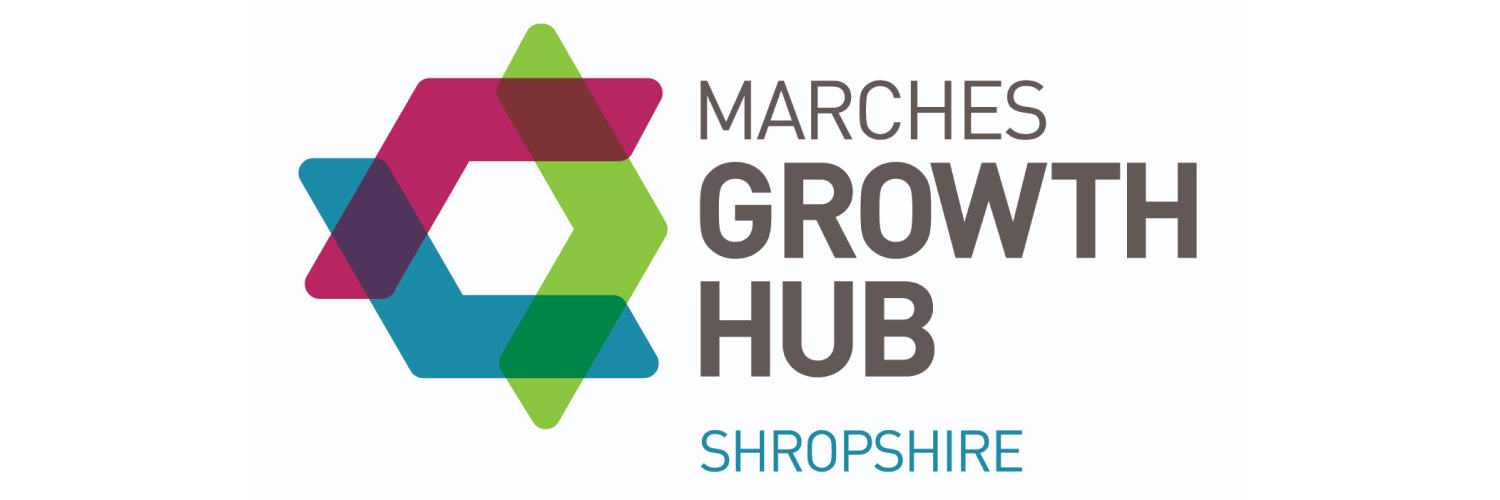The global recovery from Covid-19 has matured and although consensus is for continued, albeit slower growth into 2022, risks that have the potential to derail this recovery remain with some increasing in significance. Covid-19 remains among the highest risk factors and with a new variant of concern, it is clear that it will remain so going into 2022.
The emergence of Omicron has been the most recent global concern, with health officials reporting the new variant to have more than 50 genetic mutations compared to the original virus. Although preliminary data suggests Omicron has a greater transmissibility, the data also appears to show that symptoms are milder than previous variants such as Delta. Initial studies also seem to be encouraging on the level of protection provided by vaccines and boosters. Despite this, we are still in the very early stages of this variant and world leaders continue to act cautiously.
Barring further global lockdowns, the demand side continues to look strong with positive trends expected to remain in consumer spending.
However, supply side issues have persisted for longer than many anticipated adding to inflationary pressures. Inflation was expected, to some degree, as a result of base effects and temporary supply bottlenecks but has spiked greater than anticipated.

The Consumer Price Index (CPI) in the United States hit 6.8% in November 2021, the highest annual pace since 1982. Over Q4, natural gas and coal reached prices not seen since 2008 and oil hit multi-year highs. FED officials have admitted to being surprised by the spike and persistency of inflation, while the International Monetary Fund (IMF) has warned of a need to be ‘very, very vigilant over rising inflation risks’.
Temporary or not, the ongoing debate and stickiness of prices is likely to cause ongoing volatility. Central banks have been moving cautiously so far, with regards to tightening policy.
A key question is whether sustained inflation may cause the FED and other central banks to start moving more quickly on interest rates. This would create very different market conditions to those seen over previous years, with the potential for market leadership change. Perhaps most notably within equity markets, a rising risk-free rate may be expected to put pressure on the high-growth and tech winners of yesterday and could increase the appeal of areas that have struggled over the last decade such as value.
On a more positive note, we expect the development of the ESG landscape to continue at a rapid pace with improved data and reporting from companies, increased pressure on greenwashing and further regulatory developments. Improvements in regulation will offer advantages for investors, including better transparency of how assets are being allocated and should continue to support the move of capital into more sustainable solutions.
Over the last couple of years markets have been hit by several unique macro shocks, from lockdowns, to stimulus, to vaccination announcement and re-opening pains. Continued risks such as a resurgence of the virus, inflation and slowing growth continuing to threaten some binary outcomes. A well-managed investment portfolio with diversification across asset classes and investment styles could be ever more important.
Jack Peglar, research analyst, EFG Harris Allday







SBLTV Knowledge has been funded by Shropshire Council’s Economic Recovery Programme, working in association with The Marches Growth Hub Shropshire. The programme was set up to meet local economic need following the Covid-19 pandemic and deliver Shropshire-wide business outcomes.
© 2022|SBLTV Knowledge | Privacy Policy
Follow us on social media: